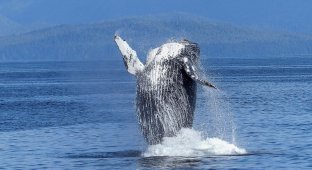Blue whales have returned to the shores of the Seychelles (9 photos)
The Seychelles archipelago has long been one of the main whaling grounds. In 1979, the republic's waters became part of the Indian Ocean Whale Sanctuary, but little was known about the habitats of blue whales until a recent study by the Save Our Seas Foundation (SOSF). 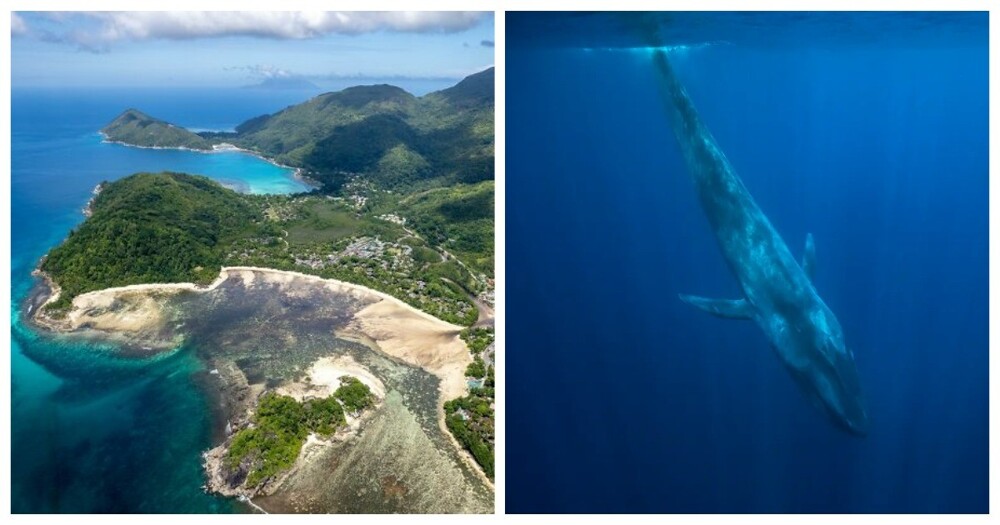
Scientists from Seychelles University, Florida International University and Oregon State University have teamed up to fill the gap in knowledge about blue whales since their disappearance from Seychelles waters.
Whaling is believed to have killed approximately 3 million whales (about 276,442 in the North Atlantic, 563,696 in the North Pacific, and 2,053,956 in the Southern Hemisphere). There are between 10,000 and 25,000 blue whales swimming in the oceans today. 
Jeremy Kiszka, professor of biology at Florida International University and project director of the Save Our Seas Foundation (SOSF), wanted to increase knowledge about the abundance, behavior and habitats of blue whales and other cetaceans off the Seychelles, especially around D'Arros Island and St. Joseph Atoll. .
The result of the work exceeded expectations. 
"This is phenomenal news. We were prepared for the fact that we would not see blue whales due to mass extermination, and there has been no information since the last blue whale was killed in these waters in 1964," said Jeremy Kiszka.
“I would never have thought that the largest animal on planet Earth swims here, off the Seychelles!” - admitted Dillis Pupono, researcher at the Save Our Seas Foundation D'Arros Research Center. 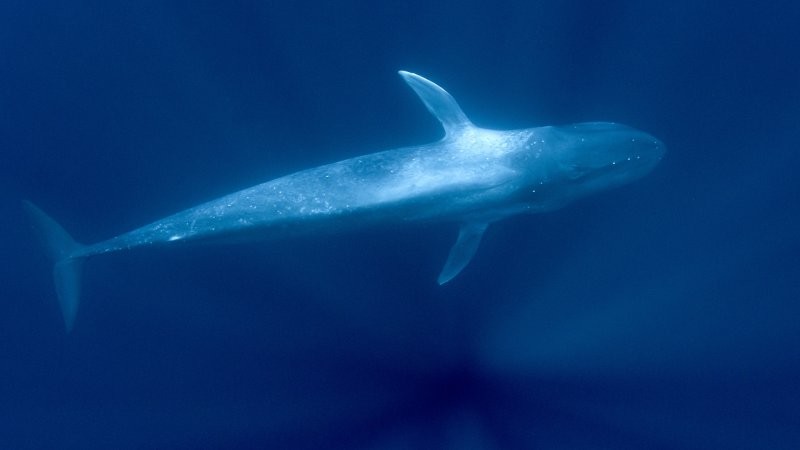

The scientific team recorded 23 species: "We observed little-known species. Longman's beaked whale was seen alive only a few times, but in the Seychelles they were found in large groups. In addition, near D'Arros Island we discovered a species that was previously known only in the Southern Ocean, where it prefers cold, temperate and subpolar waters,” explains Kižka. 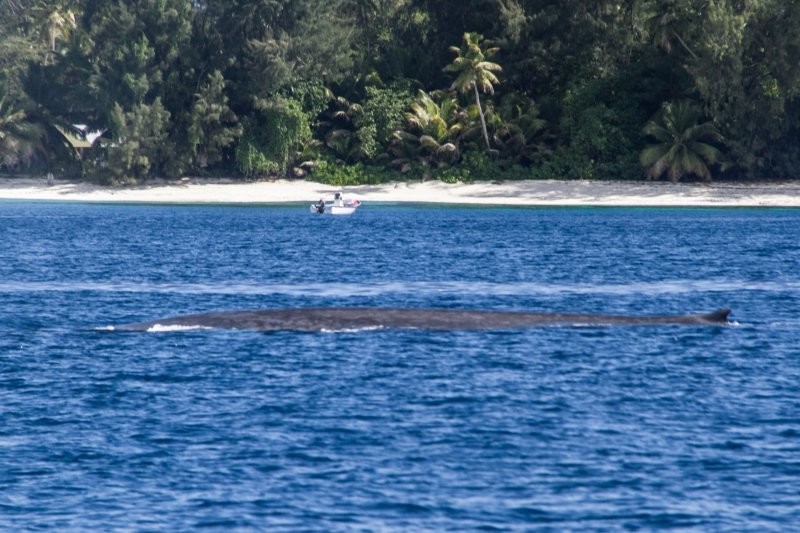
But the biggest discovery was the confirmation that blue whales are often found in the waters of the archipelago, especially between December and April.
"This is proof that regulations and laws have really helped protect this species. Another proof that nature can recover on its own, and often all we have to do is leave it alone. I would like people who worked to ban whaling and saw the fruits of their labor. They should know that we, the “future generation,” were able to see blue whales and are proud of their work,” Pupono added. 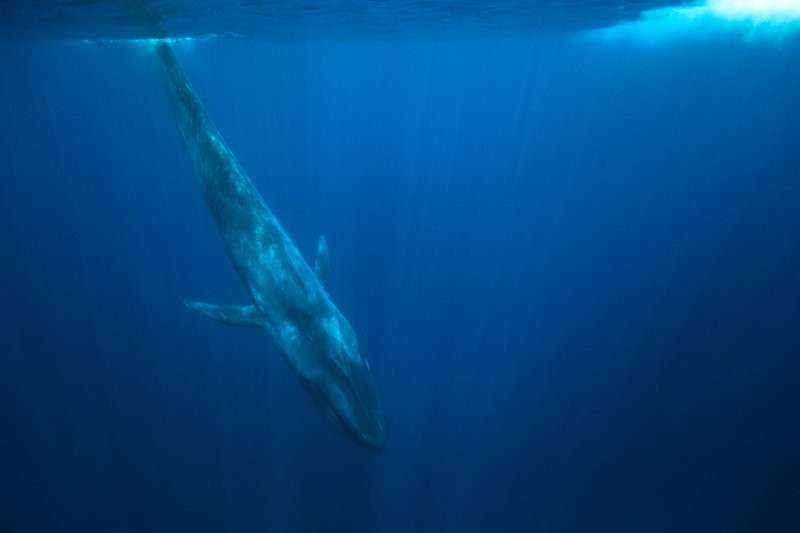
Even though whales are no longer legally or actively hunted, they remain endangered.
“Shipping causes noise pollution and can lead to collisions. Climate change is changing the distribution and volume of their main food, krill,” explains Kižka. “We want to understand what makes these animals come to the Seychelles. Are they feeding here? Or breeding? These are important questions we need to answer." 
Along with his team, Kižka also contributed to the paper "Acoustic discoveries and observations of blue whales Balaenoptera musculus off the Seychelles, western tropical Indian Ocean (2020-2022)", which was published in the journal Endangered Species Research on November 9, 2023.
The song of the blue whale is so low-frequency that it is beyond the range of human hearing.
"This is the loudest sustained sound in the animal kingdom," says co-lead researcher Dr Keith Stafford.
Their calls can reach 188 decibels, while the sound of a jet plane can reach 140 decibels. The low-frequency whistle can be heard hundreds of miles away and is probably used to attract other individuals.
"They can be distinguished by the sounds they make. Off the Seychelles we heard one acoustic population - one that usually lives in the northern Indian Ocean," Stafford explained. 
"We want to raise awareness about blue whales and protect the waters where we have recorded the species. There are already fishing grounds here, but other industries may emerge that will threaten these cetaceans and the entire ecosystem. For example, seismic surveys carried out by the oil industry will have an impact on extremely detrimental impact," Kižka added.
Blue whales are one of the longest-living animals on our planet (80-90 years). They have the largest heart: it weighs about 180 kilograms and beats only twice a minute.
The length of the mammal reaches 33 meters, and its weight can significantly exceed 150 tons.












